From Endorsements to Empires: Why Marketers Must Rethink the Creator Economy
June 26th, 2025
As seen on Cynopsis
After a week on the ground at Cannes Lions, one thing is clear: creators have arrived not just as influencers, but as institutions. The Croisette was crawling with them—Pookie, Alix Earle, Jake Shane, and countless others—blurring the lines between celebrity and CEO. Their collective reach is on track to eclipse linear TV, with influencers now driving more daily media consumption than traditional television, especially among Gen Z, who spends nearly 50 minutes more per day on social media than watching TV and says content from creators feels more relevant than film or scripted shows.
Influencers aren’t just working with brands; they’re becoming them.
Which begs the question: What happens when the people brands once hired to tell their stories now have powerful, competing stories of their own?
We’re witnessing a shift from influence to infrastructure. Today’s top creators don’t just post—they produce, distribute, and monetize across channels. Many are launching product lines, building content networks, and in some cases, acting more like publishers than endorsers. That changes the dynamics for marketers. The old model, which involved finding someone with a big following and paying them to tout your product, is starting to look a little dusty.
Because here’s the truth: scale doesn’t guarantee synergy. A creator can reach millions, but if that audience doesn’t align with your brand, it won’t move the needle. The “any influencer is better than no influencer” era is over. Now, it’s about relevance, resonance, and strategy.
Advertisers are starting to ask smart questions:
Does this creator’s brand complement ours, or compete with it?
Can we move beyond static sponcon into dynamic, shoppable formats?
Are we thinking beyond social and finding ways to scale influence across CTV, web, and emerging platforms?
The platforms where creators got their start—Instagram, TikTok, YouTube—are powerful not only for reach but also for creativity. While leveraging these apps allows brands to reach new audiences, it’s imperative they remain ahead of the curve. Expanding creator-led campaigns into the open web and CTV could unlock new audiences and boost performance, but it requires tech, trust, and the willingness to experiment outside the algorithm.
This next phase of the creator economy isn’t about volume—it’s about velocity. The winners will be the brands who stop chasing reach and start building relationships. That means finding creators who actually matter to your customers, creating content that doesn’t feel like an ad, and treating influencers not as one-off talent, but as long-term, synergistic partners.
It also means accepting that creators aren’t just a line item on a media plan. They’re becoming power players in their own right with audiences, POVs, and increasingly, ownership.
So what’s next? Not a bigger creator economy. A more mature one. One that’s harder to buy into, but infinitely more valuable if you do it right.
